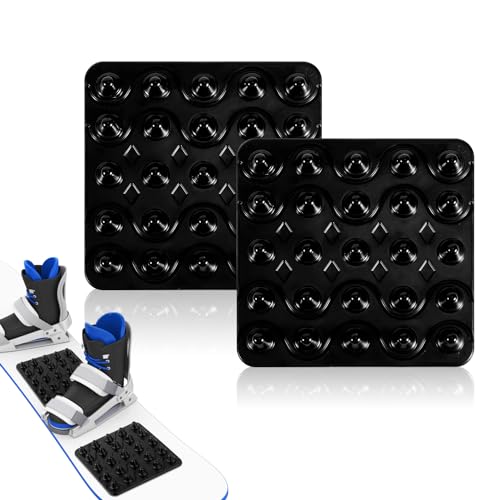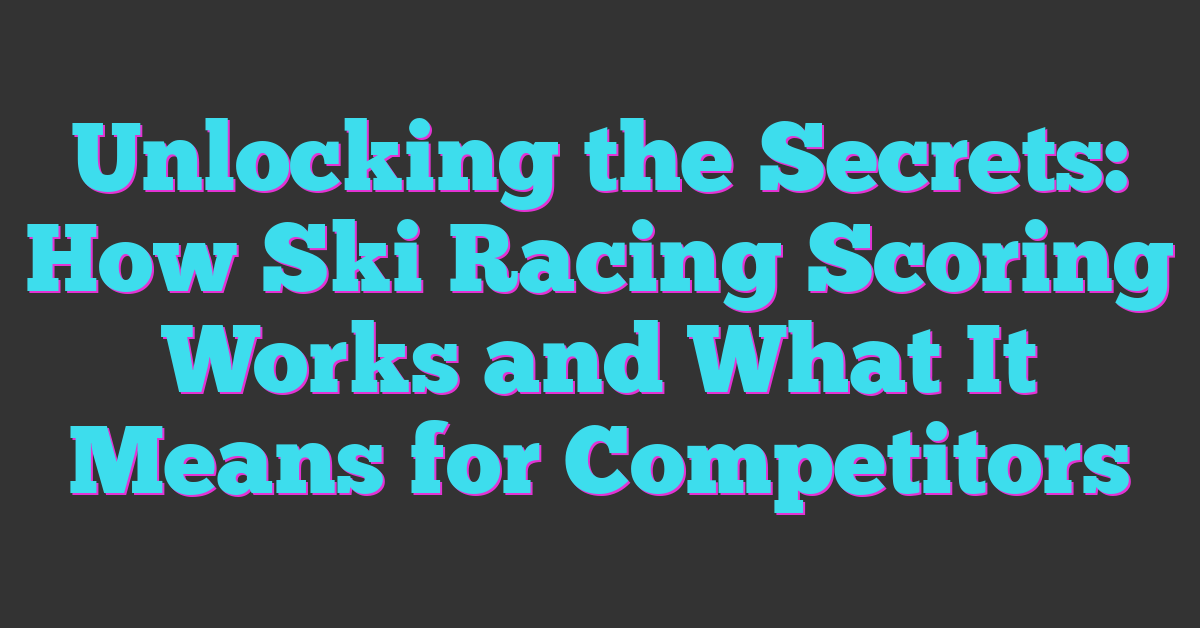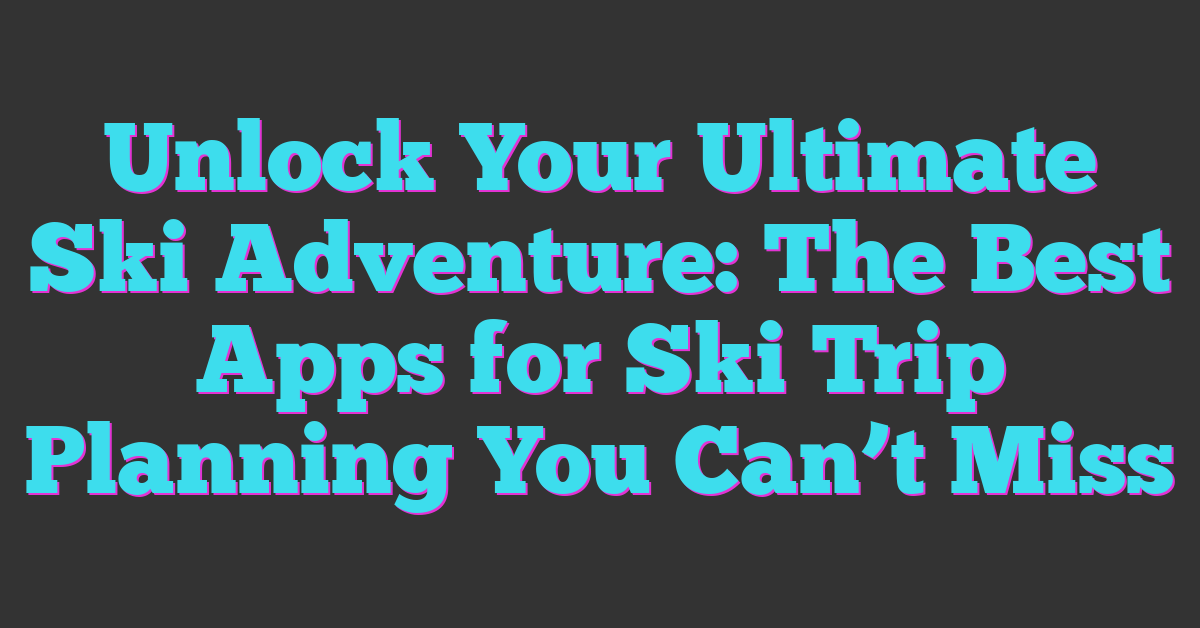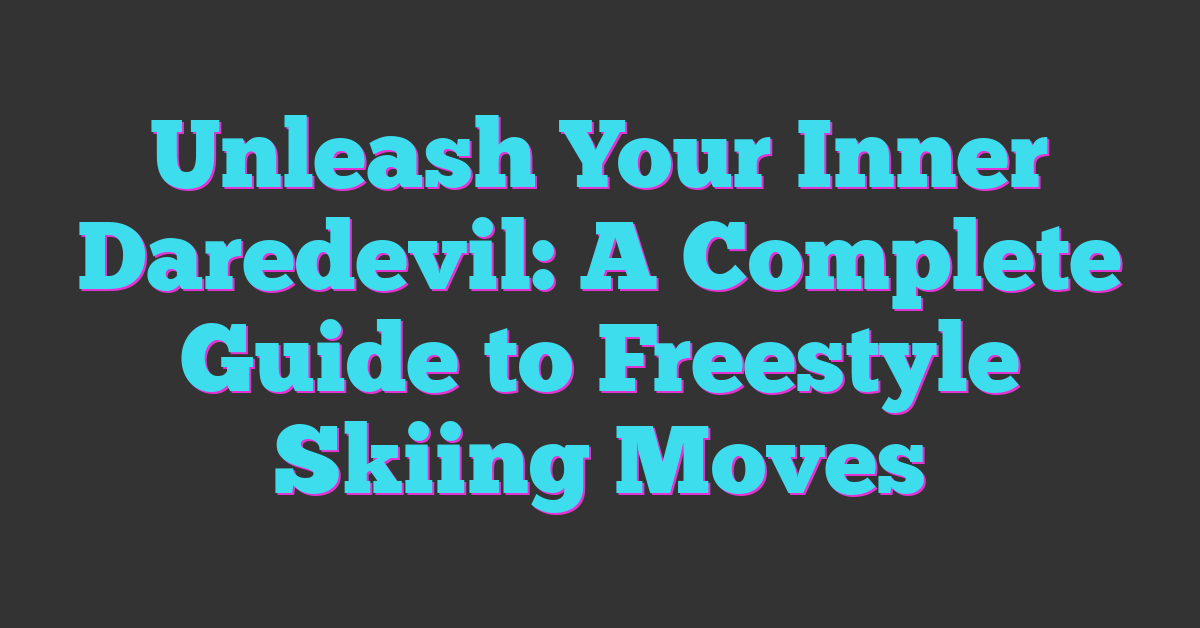Capturing your snowboarding adventures on video takes your experience to the next level. Whether you want to relive those epic runs or share your skills with friends, having the right camera makes all the difference. But with so many options out there, choosing the perfect one can feel overwhelming.

You want a camera that’s durable, easy to use, and delivers crisp footage even in freezing conditions. From action cams to wearable devices, each has its own perks and quirks. This guide will help you find the best snowboarding video camera to suit your style and budget so you can focus on shredding the slopes while your memories get recorded flawlessly.
Top Snowboarding Video Cameras in 2024
Capturing every twist and turn on the slopes requires the right camera gear. Picking from the best snowboarding video cameras in 2024 ensures your footage stays sharp and smooth no matter how intense your ride gets.
Action Cameras with Best Image Stabilization
You want action cameras that deliver rock-solid image stabilization to keep your shots steady during jumps and high-speed runs. Look for cameras with advanced gyro or electronic image stabilization systems, such as:
- GoPro HERO12 Black: Features HyperSmooth 6.0 stabilization, perfect for fast descents and tricks.
- DJI Osmo Action 4: Offers RockSteady 3.0, minimizing shakes and jitters even on the roughest terrain.
- Insta360 ONE RS 2: Combines FlowState stabilization with 360-degree capture for dynamic footage.
These models let you focus on your snowboarding without worrying about shaky video ruining your epic moments.
Cameras Ideal for Harsh Weather Conditions
Snowboarding exposes your gear to cold, moisture, and impact. Cameras built tough handle these elements while staying reliable. Prioritize models with:
- Waterproof and freeze-proof ratings: GoPro HERO12 Black operates down to 14°F (-10°C) without a case.
- Shock-resistant designs: DJI Osmo Action 4 features rugged construction that survives falls and bumps.
- Sealed buttons and ports: Ensures snow and moisture don’t disrupt camera functions.
Choosing a weatherproof camera means you’ll capture clear footage even during snowstorms or icy conditions, making every run memorable.
Key Features to Consider for Snowboarding Cameras
Choosing the right snowboarding camera means focusing on features that enhance your ride and capture every thrill. You want gear that keeps up with your passion without holding you back.
Durability and Waterproofing
Durability tops the list for any snowboarding camera. You face snow, ice, and occasional falls, so a camera with a rugged, shock-resistant build keeps your gear safe. Waterproofing with at least an IP68 rating allows you to ride confidently through wet and slushy conditions without worrying about water damage. Sealed buttons help keep snow and moisture out while you operate the camera with gloves on.
Battery Life and Storage Capacity
Battery life matters when you spend hours on the slopes. Look for cameras offering 1.5 to 2 hours of continuous recording on a single charge, letting you capture multiple runs without interruptions. Cameras that support quick charging or removable batteries give you extra flexibility. For storage, choose models with expandable memory or large built-in capacities, starting at 64GB, so you don’t miss crucial moments or run out of space mid-session.
Resolution and Frame Rate
Resolution and frame rate shape the quality of your snowboarding footage. Aim for 4K recording at a minimum of 30 frames per second (fps) to catch sharp, detailed action. Higher frame rates like 60 fps or 120 fps come in handy for smooth slow-motion replays, highlighting tricks and jumps with clarity. Crisp visuals combined with smooth motion make your videos stand out and bring your snow adventures to life.
Comparing Budget vs. High-End Snowboarding Cameras
Choosing between budget and high-end snowboarding cameras depends on your needs and experience. Both offer features to capture your rides, but their capabilities and durability vary significantly.
Affordable Options for Beginners
Budget cameras provide solid performance without breaking the bank. You get 1080p to 4K resolution, basic image stabilization, and water resistance, perfect if you’re just starting and want to record your progress. Models like the Akaso Brave 7 LE or the GoPro HERO9 Black deliver good footage quality and durability for under $200. Battery life ranges around 1 to 1.5 hours, which suits shorter sessions or quick runs. These cameras keep controls simple, so you spend less time fiddling and more time shredding.
Professional Cameras for Advanced Riders
High-end cameras offer advanced features that enhance every aspect of your snowboarding videos. Expect up to 5.3K resolution, superior HyperSmooth or RockSteady stabilization, and rugged builds rated IP68 for water and dust resistance. Models such as the GoPro HERO12 Black, DJI Osmo Action 4, or Insta360 ONE RS 2 excel in low temperatures and provide long battery life reaching two hours or more. Their versatility includes higher frame rates up to 240fps, RAW photo capture, and voice control for hassle-free operation. These features let you create cinematic footage and capture fast-paced tricks flawlessly.
Tips for Capturing Stunning Snowboarding Footage
Capturing your snowboarding runs in stunning detail takes more than just a great camera. Positioning your gear right and dialing in the best settings make all the difference in creating smooth, vibrant videos that showcase your skills and the snowy landscape.
Best Mounting Positions
Mount your camera on your helmet to capture a first-person view that plunges viewers right into your ride. Attach it to your chest for a lower-angle perspective that captures your board and tricks up close. Use a pole mount or handheld stabilizer if you want sweeping panoramic shots or selfies on the move. Clip the camera to your snowboard or ankle for unique angles that highlight board movements and flips. Switch between mounting spots to add visual variety and keep your footage dynamic.
Recommended Settings for Snow and Motion
Set your camera to shoot in 4K resolution at 60 frames per second to capture crisp, fluid motion ideal for fast-paced snowboarding tricks. Use a narrow or medium field of view to reduce distortion and keep your focus on the runs. Adjust white balance to a cooler setting to compensate for the bright, reflective snow and maintain natural colors. Enable image stabilization to reduce shakes during jumps and rapid turns. Opt for continuous autofocus and high shutter speed to keep your subject sharp amid fast movement. Finally, use manual exposure if your camera allows, locking in consistent brightness during changing light conditions on the slopes.
Conclusion
Choosing the right snowboarding camera means you’ll be able to relive your best moments on the slopes with amazing clarity and smoothness. Whether you’re just starting out or you’re a seasoned rider, there’s a perfect option out there that fits your style and budget.
Keep in mind how you plan to use the camera and what features matter most to you. With the right gear and a few smart tips, you’ll capture footage that truly shows off your skills and the thrill of your ride. Now it’s time to hit the snow and start filming your next adventure!
















